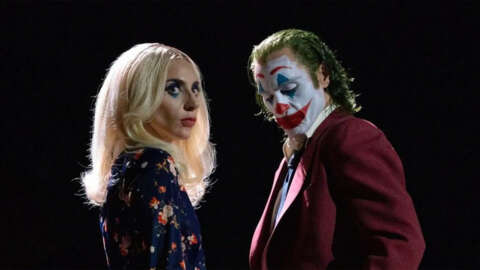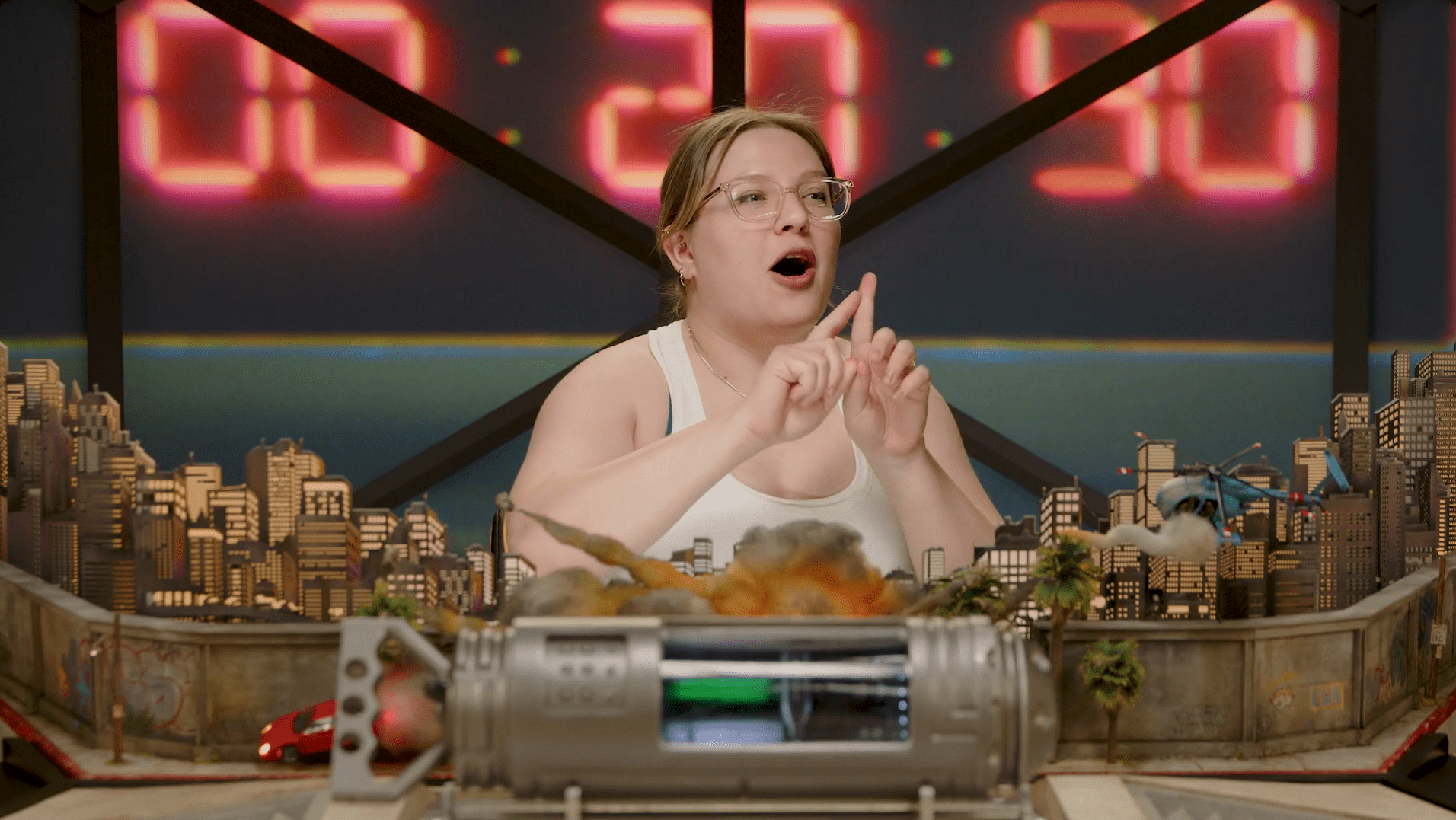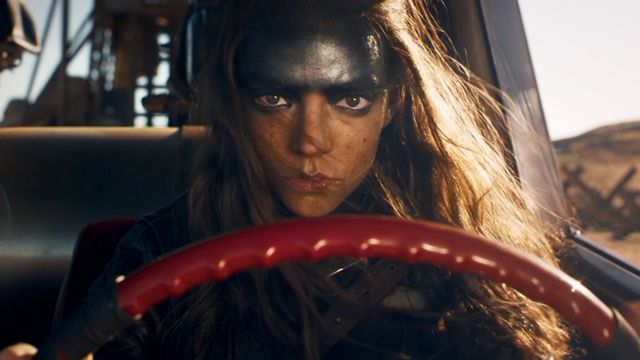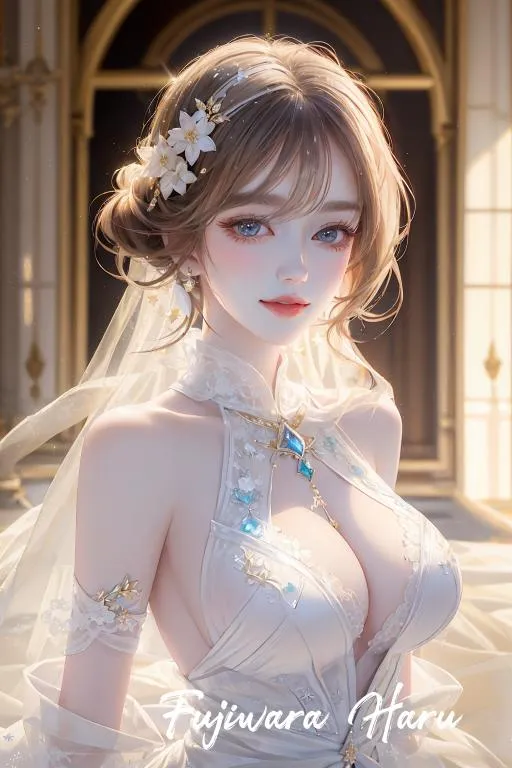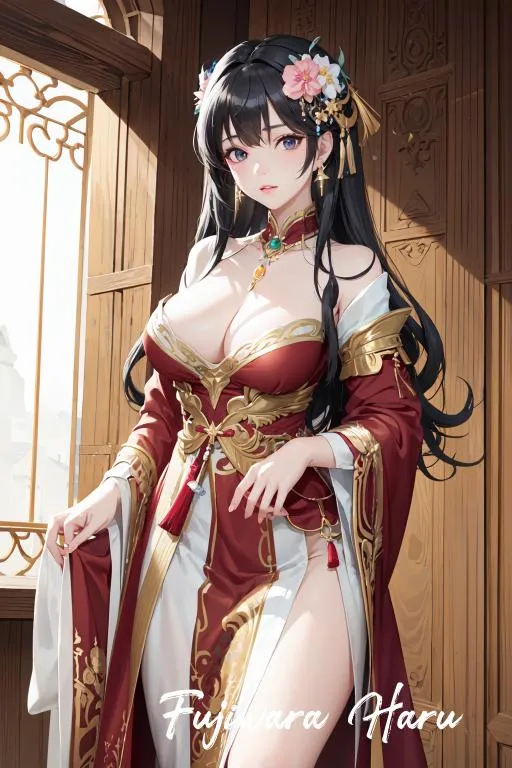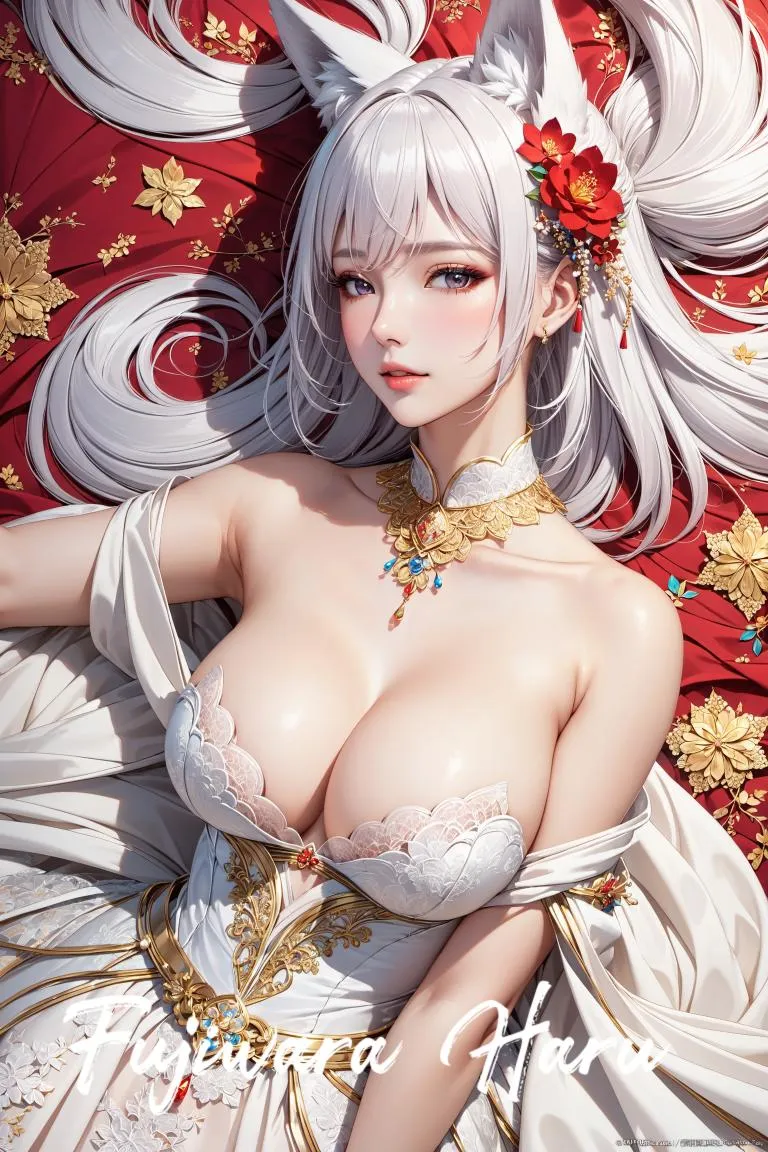I’ve had the privilege of interviewing hundreds of game developers in my career, but never before had I had the chance to sit down with two leads on an internally developed mainline Mario game. Nintendo, as a company, doesn’t often put them forward, usually preferring to let the games speak for themselves. But such was the privilege I had in New York City, where I sat down with Super Mario Bros. Wonder game director Shiro Mouri and producer Takashi Tezuka.
Mouri has been with Nintendo since 1997. He directed New Super Mario Bros. U for the Switch and served as a programmer on two Zelda games for the DS — Phantom Hourglass and Spirit Tracks — as well as The Legend of Zelda: A Link Between Worlds for the 3DS.
Tezuka, meanwhile, started at Nintendo in 1984 and has the legendary resume to go with it, working as a game designer on the original Super Mario Bros., The Legend of Zelda, and The Legend of Zelda: A Link to the Past before eventually moving solely into production. He has a producer credit on hallmark Nintendo classics from the original Animal Crossing to both Super Mario Maker games.
Given the talent and experience in the room with me, it was a rare opportunity to hear about how the breadth of wisdom accrued by these two developers over many decades serves Nintendo’s new flagship 2D Mario game, which I played for an hour and previewed for IGN today. I started by asking Tezuka-san how he thinks about nostalgia and its inevitable effect on some Super Mario Bros. Wonder players, when he himself helped create that nostalgia? Is it a good thing or is it a problem as you build the game?
“I think it’s a little bit of both,” he said through a Nintendo translator. “This is something I think is a good thing. I think the fundamental gameplay of Mario hasn’t changed and that would be a good nostalgia. That’s really that active searching out of things to do. You are the one in charge of how you play the game. And even if you fail, you are able to do it over and over again and through that repetition become a better player. By becoming a better player there’s that feeling of satisfaction you get.
“Over the course of creating new games in the Mario series, we’re always looking at creating more volume, more splendid, more extravagant ways to play, so we’re always thinking about those things as we’re creating games. And traditionally you would clear one level and move to the next, what occurs from that is you might lose some interest in the levels you’ve already cleared, and so when we’re looking at creating more volume, that style of gameplay where you clear something and forget about what you’ve done has become an unfortunate side effect of that scope-building process. And I really didn’t think there was any way of getting around that style of development, that style of gameplay.
“Now with Wonder, since we’re taking all of this time and effort to create this very big, splendid game, I thought it would be a waste of our effort and time if people did not have the ability to replay some of those levels. And so my mindset changed and I wanted people to replay levels and find something interesting with each of those replays. And I really think that ties back into that original style of gameplay where you would challenge the same course over and find new ways to proceed, so this is a connective tissue between those two ideas.”
I was also curious how Mouri-san’s programming background served him as the game director. “I certainly think that my experience as a programmer has really come in handy,” he said. “For example, when you’re talking about playing a game online, what’s technically difficult or possible is kind of set already. So within those kind of boundaries, leveraging my experience as a programmer, I’ve been able to figure out a way to implement this in such a way that it’s technically possible but also really enjoyable and fun.
“And what I’m about to share is not the ultimate answer to how to direct a game, but my personal philosophy in that whenever I make a decision I really like to analyze things. And after that analyzing, if I find that there are more advantages than disadvantages, then it’s something that I implement. And that’s something that I really feel like my experience as a programmer has really helped me through. And in terms of this newfound perspective as a director, I think it boils down to not so much what I can do or what I want to do and what I can do to make the work of others a lot easier and a lot more effective and efficient.”
Have you ever wondered how Nintendo starts a new mainline Mario game? I have, and so I asked both developers where the idea for the game came from. What is the origin story for Wonder?
“When we were thinking about creating this new 2D Mario, there were two concepts that we held,” Mouri began. “The first concept is the freedom to choose. And the second concept is the idea that it’s packed with secrets and mysteries. And this idea of secrets and mysteries, I think the original Super Mario Bros. was exactly that.
“But as we continued to create Mario games, this idea of secrets and mysteries started to become a standard, or something expected, and that was a challenge that we saw. And so in order to overcome that challenge, there’s something we tried: what we did was, in Mario games, you know when Mario goes down a pipe you can go to the underground area or if he climbs the vines you can go to the sky area? Well, we thought, ‘What can we do to create an updated version of that?’ So one idea that came up was, when you use an item you are taken to a different area. And so when we created a prototype and showed Mr. Tezuka this, he said, ‘Well, even if you’re just taking the item, if you’re transported to somewhere else, that’s the same. Can’t you just change the place as it is right now?’
“When I heard that,” Mouri continued, “I said, ‘Let’s just go all the way. Let’s just change the entire screen. So that’s where we ended up testing out ideas like the warp pipes squiggling around, or the entire screen tilting or slanting, or even having to travel on top of a horde of enemies. And that really was the starting point of Wonder.”
“And at the time,” Tezuka responded, “Mr. Mouri was thinking, ‘If we do this for a couple courses, that’s great.’” To which Mouri smiled and replied, “Yeah, that’s exactly right.”
The exchange continued. Tezuka said, “And so what I did was then suggest, ‘Well if we’re going to do it, we should just go ahead and have these Wonder effects that impact these courses on every one of the main courses.’ I think he was probably questioning inside whether or not I was serious,” he said with a laugh.
“Yes, that’s exactly what I was thinking: Is he serious?” Mouri-san said with a smile. “And to really bring this to fruition, I thought, ‘I can’t be the only one coming up with ideas.’ So I started to solicit ideas from the entire team. And if I were to give it a number of ideas that came up, I’d put it at 1000 or even 2000 ideas that came up. And from within those ideas we whittled it down to ones that had potential, created prototypes, and then took a look, and then from there we would think, ‘Oh no we should’ve just done it this way or that way’ – and that’s how these Wonders came about.”
“I wasn’t forcing them to do anything impossible,” Tezuka responded with a laugh. “And at that time we didn’t have a deadline for the end of development, so let’s do what we can do. And I purposely didn’t want anyone to have any sort of negative reaction and say, ‘We don’t have time to do that.’ So we did not set a timeline.”
Wonder certainly has a timeline now: it’ll be released for Nintendo Switch on October 20. Don’t miss the Wonder-focused Nintendo Direct from earlier today if you haven’t seen it yet, and read about how Mario creator and Nintendo design guru Shigeru Miyamoto didn’t like the original design for Wonder’s Elephant Mario.
Ryan McCaffrey is IGN's executive editor of previews and host of both IGN's weekly Xbox show, Podcast Unlocked, as well as our monthly(-ish) interview show, IGN Unfiltered. He's a North Jersey guy, so it's "Taylor ham," not "pork roll." Debate it with him on Twitter at @DMC_Ryan.
